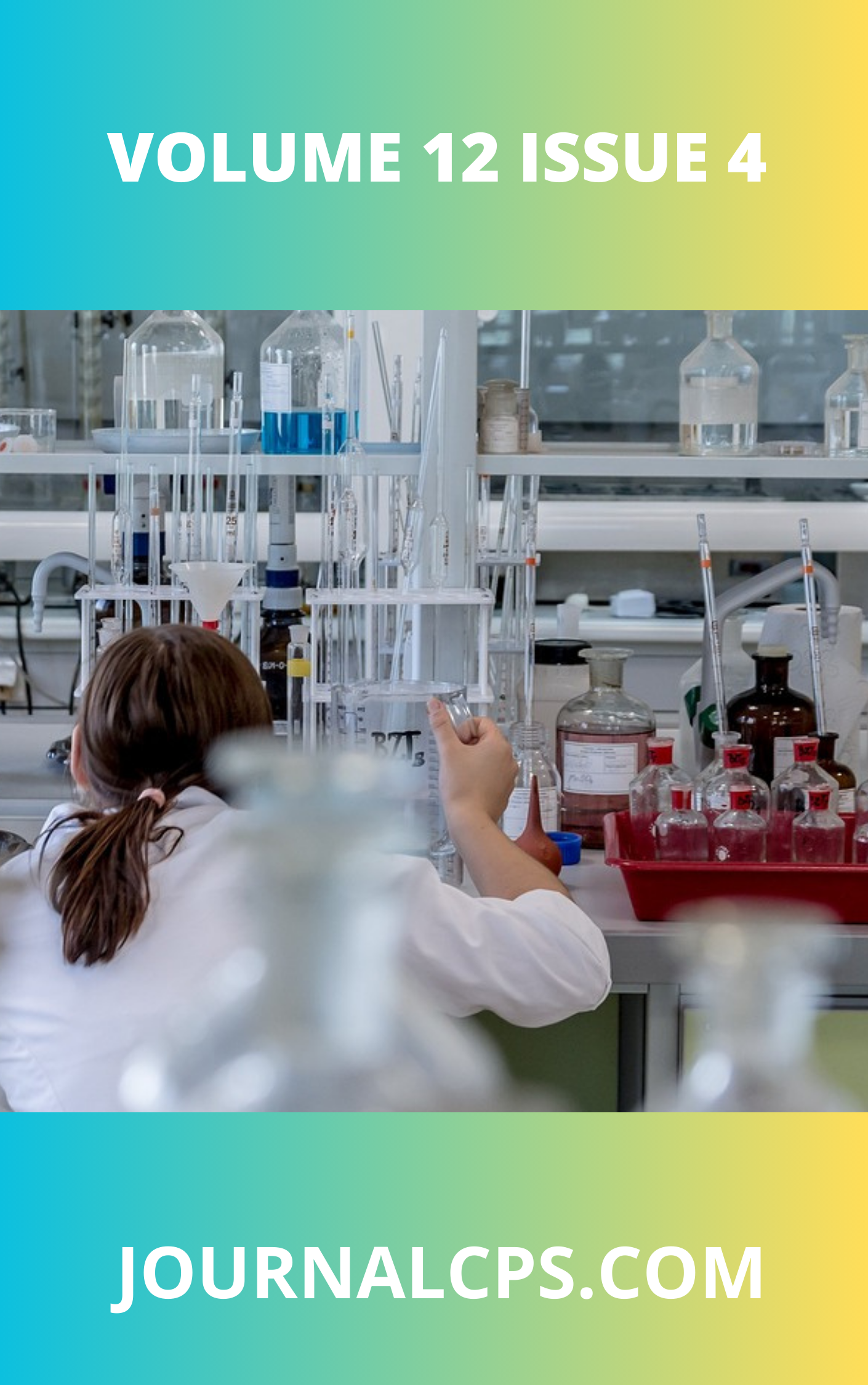Environmental Implications of Quarrying and Waste Management: A Case Study of Okhoro, Benin City
Keywords:
Waste, quarrying, stream sediments, pollution and Niger Delta BasinAbstract
This study assessed the physicochemical characteristics and heavy metal contamination of water sources impacted by a nearby dumpsite, with the aim of evaluating potential environmental and public health risks. A total of 12 samples were collected from leachate (LS), river water (WS), boreholes (BH), and profile pits (PP). Parameters analyzed included pH, electrical conductivity (EC), total dissolved solids (TDS), biochemical oxygen demand (BOD), chemical oxygen demand (COD), nitrate (NO₃⁻), phosphorus (P), and heavy metals such as iron (Fe), lead (Pb), copper (Cu), zinc (Zn), and chromium (Cr). The pH values ranged from 6.4 to 7.4, falling within WHO limits (6.5–8.5), but the EC and TDS exceeded permissible limits in most leachate and some river samples, with maximum EC and TDS values reaching 1846 µS/cm and 1200 mg/L, respectively. BOD and COD values were significantly elevated in leachate samples (up to 10.5 mg/L and 341.44 mg/L, respectively), indicating heavy organic pollution. Ammonia concentrations in leachate peaked at 12 mg/L, far exceeding the WHO limit of 0.5 mg/L, while nitrate concentrations reached 1.31 mg/L. Heavy metals such as Pb exceeded the FEPA limit of 0.05 mg/L in all samples, with the highest concentration observed in WS03 (0.145 mg/L). Iron was highest in WS04 (1.36 mg/L), also exceeding the FEPA threshold of 0.3 mg/L.Statistical analysis included Pearson correlation, which showed strong positive correlations between EC and TDS (r = 0.97), COD and BOD (r = 0.89), and Fe and Pb (r = 0.76), suggesting common pollution sources. One-way ANOVA revealed significant differences (p < 0.05) in BOD, COD, and heavy metals across the different sampling locations. Principal Component Analysis (PCA) extracted three principal components explaining 85.4% of total variance, highlighting organic load, salinity, and metal pollution as key factors. Hierarchical Cluster Analysis (HCA) grouped the sampling sites into three clusters, distinguishing highly contaminated leachate zones from moderately impacted river and borehole locations. Water Quality Index (WQI) values ranged from 102 to 291, classifying most sites as “poor” to “very poor.” Heavy Metal Pollution Index (HPI) values exceeded the critical limit of 100 at all sites, with values ranging from 135.4 to 288.6. Pollution Load Index (PLI) also confirmed significant contamination in leachate and river samples. Overall, the results indicate severe anthropogenic contamination of both surface and groundwater resources due to the proximity of the dumpsite. The findings underscore the urgent need for remediation efforts, groundwater protection strategies, and regular monitoring to safeguard environmental and public health.
Downloads
Published
Issue
Section
Similar Articles
- N. B. Essien, Sorghum Waste as an Efficient Adsorbent for the Removal of Zn2+and Cu2+ from Aqueous Medium , Communication In Physical Sciences: Vol. 5 No. 2 (2020): VOLUME 5 ISSUE 2
- Fabian James Umoren, Mfon Clement Utin, Resource Recovery from Maize Wastes; Synthesis and Characterization of Silicon Oxide Nanoparticles , Communication In Physical Sciences: Vol. 11 No. 3 (2024): VOLUME 11 ISSUE 3
- Kudamnya, Ebenezer Agayina, Godwin Inieke Joshua, Ochelebe, Ibu, Okon, Emmanuel Etim , Evaluation of the Hydrochemistry and Pollution Levels in Groundwater of Njahasang, Southeast Nigeria , Communication In Physical Sciences: Vol. 12 No. 3 (2025): VOLUME 12 ISSUE 3
- Ovie Benedict Enivwenae, Determination of pH and Hydroquinone Concentration in Selected Bleaching Creams Used By Some Students Of Delta State University Abraka , Communication In Physical Sciences: Vol. 11 No. 2 (2024): VOLUME 11 ISSUE 2
- J. C. Nnaji, Heavy Metal Contamination Indices for oil spilled Agricultural Soils in three Local Government Areas of River State, Nigeria , Communication In Physical Sciences: Vol. 4 No. 1 (2019): VOLUME 4 ISSUE 1
- Fatima Binta Adamu, Muhammad Bashir Abdullahi, Sulaimon Adebayo Bashir, Abiodun Musa Aibinu, Conceptual Design Of A Hybrid Deep Learning Model For Classification Of Cervical Cancer Acetic Acid Images , Communication In Physical Sciences: Vol. 12 No. 2 (2025): VOLUME 12 ISSUE 2
- Ivwurie Wisdom, Gabriel A. Akindeju, Assessment of Aliphatic Hydrocarbons in Soils from Selected Areas in Agbarho Communities, Delta State, Nigeria , Communication In Physical Sciences: Vol. 8 No. 3 (2022): VOLUME 8 ISSUE 3
- Azeh Yakubu, Mohammed Aliyu-Paiko, Asseh Emmanuel, The Potential of Arginine-Modified Nanoclay Suspension Against Fungi and Bacteria Infestation in Maize and Groundnut , Communication In Physical Sciences: Vol. 12 No. 2 (2025): VOLUME 12 ISSUE 2
- Richard Alexis Ukpe, Joint effect of halides and Ethanol Extract of Sorghum on the Inhibition of the Corrosion of Aluminum in HCl , Communication In Physical Sciences: Vol. 4 No. 2 (2019): VOLUME 4 ISSUE 2
- Ivwurie Wisdom, Okorodudu, E.Oghenetega, Assay of Aliphatic Hydrocarbons in Soils from Selected Areas in Ughelli and its Environs, Delta State, Nigeria , Communication In Physical Sciences: Vol. 8 No. 2 (2022): VOLUME 8 ISSUE 2
You may also start an advanced similarity search for this article.




